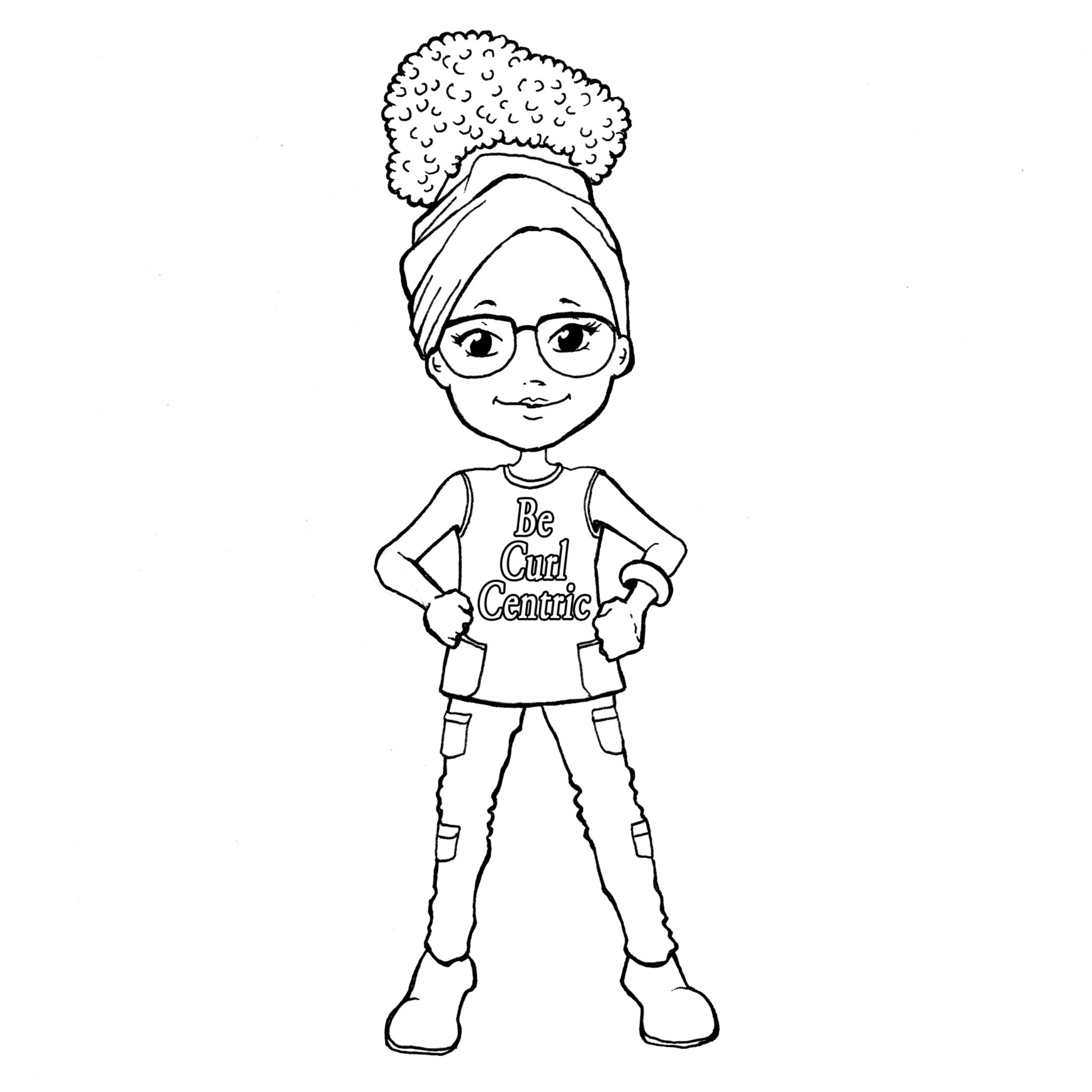

Celestial Timepiece
By Joyce Carol Oates
Fifteen years ago, in 1975, Genna Hewett-Meade’s college roommate died a mysterious, violent, terrible death. Minette Swift had been a fiercely individualistic scholarship student, an assertive—even prickly—personality, and one of the few black girls at an exclusive women’s liberal arts college near Philadelphia. By contrast, Genna was a quiet, self-effacing teenager from a privileged upper-class home, self-consciously struggling to make amends for her own elite upbringing. When, partway through their freshman year, Minette suddenly fell victim to an increasing torrent of racist harassment and vicious slurs—from within the apparent safety of their tolerant, “enlightened” campus—Genna felt it her duty to protect her roommate at all costs.
Now, as Genna reconstructs the months, weeks, and hours leading up to Minette’s tragic death, she is also forced to confront her own identity within the social framework of that time. Her father was a prominent civil defense lawyer whose radical politics—including defending anti-war terrorists wanted by the FBI—would deeply affect his daughter’s outlook on life, and later challenge her deepest beliefs about social obligation in a morally gray world.
Black Girl / White Girl is a searing double portrait of “black” and “white,” of race and civil rights in post-Vietnam America, captured by one of the most important literary voices of our time.
 Excerpt
Excerpt
I have decided to begin a text without a title. It will be an exploration, I think. An inquiry into the death of my college roommate Minette Swift who died fifteen years ago this week: on the eve of her nineteenth birthday which was April 11, 1975.
Minette did not die a natural death nor did Minette die an easy death. Every day of my life since Minette’s death I have thought of Minette in the anguish of her final minutes for I was the one to have saved her, yet I did not. And no one has known this.
The coroner for Montgomery County, Pennsylvania, declared with no ambiguity the precise medical reasons for Minette’s death and who the agent of her death was, such “facts” are not the object of my inquiry.
For “facts” can be made to distort, to lie. The most insidious of lies is through omission.
Many facts were omitted, and other facts obscured, at the time of Minette’s death. I was one of those who obscured facts for there was the wish to protect my name and there was the wish to protect Minette after her death.
There was the unvoiced wish to protect Minette’s family, and there was the unvoiced wish to protect Schuyler College. There was the wish—unvoiced, desperate—to protect the white faces surrounding Minette.
Fifteen years! All this time, I have been alive. 1 have been living, I have even acquired a professional reputation in my field, and Minette Swift has been dead. I have been aging, and Minette Swift has remained nineteen. I am a woman of middle age, Minette is still a girl.
I wonder at the strangeness of this! Who deserves to live, and who deserves to die. I wonder at the justice.
Some truths are lies my father Maximilian Meade has said. My father was a man who acquired fame and notoriety for such inflammatory statements, that fill some of us with rage. No truths can be lies is my preferred belief
And so I begin, my text without a title in the service of justice.
 Working Title
Working Title
Blood at the Root
Book Covers
 Interview
Interview
From HarperCollins
Q: What drew you to examine race relations in the post-Vietnam milieu of a women’s liberal arts college?
A: Like Genna, I have long been haunted by certain memories having to do with intense relationships, particularly interracial relationships, of that turbulent era. Primarily, Black Girl/White Girl is the story of two very different, yet somehow “fated” girls; for Genna, her “friendship” with Minette is the most haunting of her life, though it is one-sided and ends in tragedy.
Q: Why did you decide to implicate Minette Swift in some of the racist harassment she suffers?
A: Partly, I was moved to dramatize an actual sequence of events that took place in a college dormitory in the 1970s, not at any university at which I’ve taught but in the near vicinity. Minette has complex, largely unconscious motives for much of her behavior that might seem irrational to others.
Q: To what extent is Genna’s revelation of her father’s complicity in the death of a security guard a response to her own sense of culpability in Minette’s death?
A: Genna is that rare individual, a “good” person; she has internalized a genuine moral code, and is appalled by her father’s seeming involvement in the death of an innocent man. Yet it is only under emotional duress that she exposes him. Her sense of guilt in regard to Minette is less clear: all along, Genna has been shielding Minette from a confrontation with the truth out of her timidity and fear of provoking anger in Minette. To the very end, perhaps naively, Genna yearns for Minette’s friendship.
Q: Is the “difficult” persona of Minette Swift a reaction to the isolation she feels as one of the few black students at Schuyler, or is it inherent to her character?
A: To Genna, Minette is fascinating because she is the unknowable, elusive, seemingly self-reliant Other. Genna seems to have little awareness of Minette as a lonely, insecure, deeply frustrated young woman who has grown up in a sheltered environment where she has felt entitled and superior as the daughter of a renowned Negro minister. (Though there is a side to Minette that is genuinely religious, even humble.)
Q: Others have described Black Girl/White Girl as a coming-of-age novel. To what extent do you agree?
A: Yes, Black Girl/White Girl might be described as a “coming-of-age” novel, at least for the survivor Genna. It is also intended as a comment on race relations in America more generally: we are “roommates” with one another, but how well do we know one another?
 Reviews
Reviews
The Lies that Blind: A Review of Black Girl / White Girl
By Stanley Crouch. Originally published in the Los Angeles Times Book Review, October 15, 2006.
No living American writer is more skilled at showing the human heart in conflict with itself than Joyce Carol Oates. However gifted at plot development and the use of motifs and thematic clues to provide psychological and emotional depth, Oates is, finally, a writer of moral fiction. She often writes about costs and responsibility. In her work there is always a culprit or a set of culprits responsible for those costs, which are forever high. A death or the destruction of a career can result because of a mistake made by someone else. Though profoundly aware that we are often most human in the middle of misunderstanding others, Oates is also telling us that so many of our most haunting tragedies are rooted in wrong judgments. What makes her particularly important to our time is how she brings those technical skills and that overview to the most demanding frontline of our era and the epic quality of its errors based in liberal or conservative stereotypes. These received ideas are supposed to explain ethnic behavior, family, history, society and themselves.
Oates has long avoided the dominant tendency that results in American writers knowing much about their backyards but little about their neighborhoods, cities or states, and even less about those outside their ethnic groups. That is why Black Girl/White Girl is such a marvel and moves the very enterprise of contemporary fiction far beyond the well-worn subject of self-obsession. Oates writes from the frontier of integration, where race is all but tells us so much less than we might assume, imply or assert. Black Girl/White Girl is the third novel in which Oates plays variations on the psychologically complex themes of interwoven class and ethnic conflict. The situation is familiar: During the 1970s, a young female freshman struggles with the deceptive layers of trouble arriving in black and white terms that mystify, disturb and frustrate her. One is startled by how Oates achieves even greater depths of human understanding than she did in the previous I’ll Take You There from 2002, both a blue masterwork and an extraordinary advance over the first in this series, 1990’s Because It Is Bitter, and Because It Is My Heart.
The narrator/main female character makes good and bad decisions in response to surroundings where rational and lunatic modes of address become ritualistic: White and black people relate to each other while playing all manner of games and wearing all manner of masks. Yet Oates finds human parallels, no matter how far apart her people might be on the social or the color scale. That is the fundamental strength of literary art, and Oates knows, without a doubt, that there is always a human heart beneath the surfaces, and it usually beats frantically or in stunned slow motion.
In making this concealed humanity apparent, the novelist outdoes almost all American writers in her imaginatively ordered structures of revelation. Techniques are borrowed from the detective story; with a virtuosic sense of placement, she provides clues through outbursts in which suppressed thoughts and feelings appear and surprise the teller as much as they do the listener. Her varieties of precision allow for distinct tonal and rhythmic differences if the sudden blurtings take place in public or in private. One can spark anger and embarrassment, the other empathy.
Oates masterfully uses a patient tempo to make everything seemingly clear but not didactic. The middleaged narrator tells us about herself when she was a white girl living with a black girl during their freshman year at a liberal arts college founded by Quakers. Though the white girl is so ashamed of her privileges that she hides the fact of being heir to Quaker millions, and though the black girl has been reared as the spoiled, self-centered daughter of a minister, they are very similar. Both girls feel alienated from their surroundings and equally intimidated by their classmates, no matter how differently they express their fears or how hard they try to protect themselves.
The white girl pretends to be just another freshman strapped for money, and she brown-noses with a nearly selfless determination much of the time. The black girl trembles behind a blowfish exterior of condescending bitchiness that intensifies as her dorm mates—black and white—lose patience with her and slowly begin to hate the young woman for her apparent sense of superiority, if not a defiantly unquestionable feeling of personal perfection.
That they are completely wrong is what so many of the characters in the novel have in common: They misconstrue the motivations of others because every mistake is so much easier to make when marinated in stereotypes that decisively limit accurate perception. The girls in the dorm do not think that color provides a good enough excuse for studied rudeness and disdain, but they cannot comprehend the fear blocked from sight by the nose of a snooty minister’s daughter that rises ever higher in the air as the pressure becomes greater. The white girl accepts every slight from her self-involved roommate, patiently hoping she will be liked at some later date. She eventually deduces that the black girl got high grades in second- rate public schools that did not provide sufficient sophistication or the skill to do first-rate college work.
When the desperately prideful black girl realizes how poorly prepared public school has left her, the choice is made to retreat into herself, into her Bible, and to consume so much food that her weight balloons until she covers the protective and self-disgusting armor of fat with a hooded overcoat that makes her appear ominous to white storekeepers. Hiding a feeling of defeat, the minister’s daughter smugly accepts all of the gushing sympathy that appears when she becomes the target of racist actions and notes.
Oates depicts the interaction between the white shopkeepers and the black girl with superior insight, and the writer maintains this in showing the clumsiness with which the girls, teachers and college administrators respond to the stubbornly mysterious presence of assumed racism among them. As one would expect of Oates, the racist actions and the bigoted notes mask a much greater complexity, which rises through the narrative with admirable pacing and a degree of deep concern for the bewildering heartbreak that always, somehow, attends integration.
Oates also peels back the covers on the radical-chic family of her narrator, headed by a wealthy lawyer given to liberal condescension and a mother who has been taken in by the decadence, the psychobabble and the drugs of the 1960s. Not since Danzy Senna’s innovatively comprehensive Caucasia has anyone done an equally powerful analysis of such people and the harsh dangers of the fire with which they played as the high-mindedness of the civil rights movement gave way to a heartlessly romantic sense of “revolutionary” action.
One of the reasons this novel stands so tall is that Oates makes the well-intentioned villains as sympathetic, frail and naive as everyone else. For all their human qualities, neither the lawyer nor his wife manage to avoid the disgust the narrator has for their irresponsible support of too many dangerous radicals. Oates does not ask the reader to forgive the husband and wife, which would be immoral, but her writing demands that we not fail to recognize their humanity, because dehumanizing them would be an even greater act of immorality. Ignorance of the consequences, the writer tells us in no uncertain terms, is not an excuse but a complicating aspect of our ethnic tragedy.
At the end, the narrator must face the love that she still feels for those she has failed and betrayed. Paced by a terrible campus fire and the fall of a powerful man, the close-ups, flashbacks, foreshadowings and counterpointing of the narrative become particularly effective in the last 100 pages. Everything that seemed extraneous before is realized, adding human and thematic resonance.
The grandeur of the achievement cannot be overstated. Few American writers have the necessary spunk and technique to bring a world of more than one ethnic type alive: Even fewer understand the tremulous souls hidden by meaningless class and even more meaningless color. Only those with the biggest hearts have the nerve to enter that bruising frontier of the national life, integration, where nothing is actually what it seems, and no one has a heart bigger, braver or more full of unsentimental pity than Joyce Carol Oates.
Robert Braile, Boston Globe, November 6, 2006, p. E5
“What ensues over their tumultuous first year in this daring and exquisite novel by Joyce Carol Oates reflects the tragedy of our purportedly progressive views on race, both then and now, views that ignore the deep complexities of this issue and thus exacerbate the dilemma they seek to resolve.”
Starr E. Smith, Library Journal, July 2006, p. 69
Donna Seaman, Booklist, July, 2006, pp. 7-8
Roz Kaveney, TLS, Times Literary Supplement, October 6, 2006, p. 23
Lorien Kaye, The Age(Melbourne, Australia), October 14, 2006, Books p. 25
Christine Thomas, San Francisco Chronicle Book Reveiw, October 15, 2006, p. 2

0 thoughts to “Black girl and white girl dating teacher book”